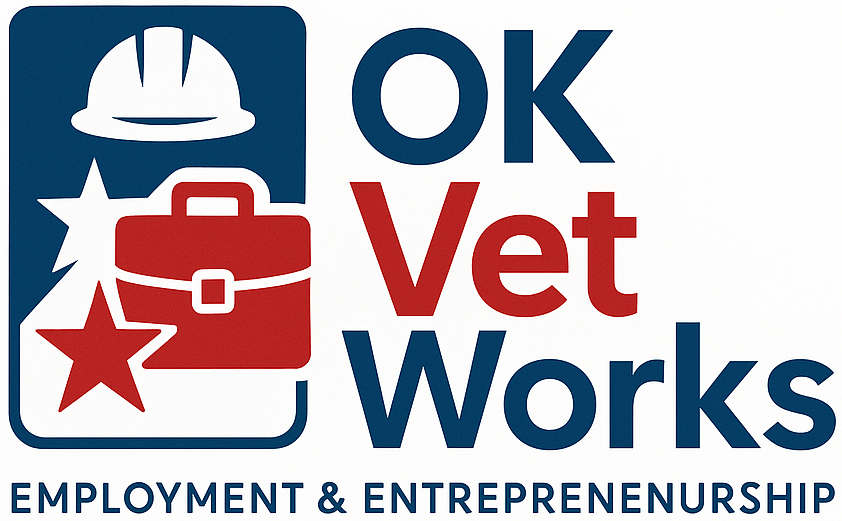Resume Assistance
Types of Resumes
Reverse Chronological Resume
The reverse chronological resume is the standard for most companies and hiring managers. This is where your list your work history in reverse chronological order, starting with your most recent position. After your work history, generally, you’ll include education, and then any awards, accolades, and certifications followed by miscellaneous information, such as volunteer roles or literacy with a certain computer program that’s important for the job.
Online Resume
If you’re thinking an online resume is the best fit, one of the common places to post yours is on LinkedIn. This way, hiring managers can not only see your resume but also learn more about you through your summary, recommendations, and any additional information, like links to work samples, you can provide. This, in turn, can paint a vivid picture as to why you’re the best fit for a particular job opportunity. Even if you submit a traditional resume in a Word document or as a PDF, having a LinkedIn URL is a great way to stand out. Again, you can provide more information than what will fit your resume.
Functional Resume
A functional resume leads with your skills and specific experience most relevant to the position. Next, you’d list your education and work history sections. This resume format is more flexible and allows you to showcase your strengths without being confusing due to the many roles. It’s best used if you’ve had a lot of freelance, contract, or temporary jobs in the past. However, keep in mind that some hiring managers are wary of resumes in functional formats. Many candidates attempt to hide employment gaps using this approach. It’s best, instead, to be upfront about a gap rather than trying to draw attention away from it.
Hybrid Resume
This resume is what it sounds like: a combination of both the reverse chronological and functional resume formats. The first part of it highlights your qualification and skills that are most pertinent to the position through a “Summary of Qualifications” section at the top. The work history is then listed in reverse chronological order. This gives the hiring manager a clear view of your background and your strengths, while also taking advantage of highlighting your most relevant skills right at the top. Hybrid resumes can work well for anyone with experience. If you’re a recent graduate or entry-level worker, for instance, you might want to stick to a more traditional reverse chronological resume. However, if you have a proven track record of success you’d like to highlight, a hybrid resume allows you to do that.

